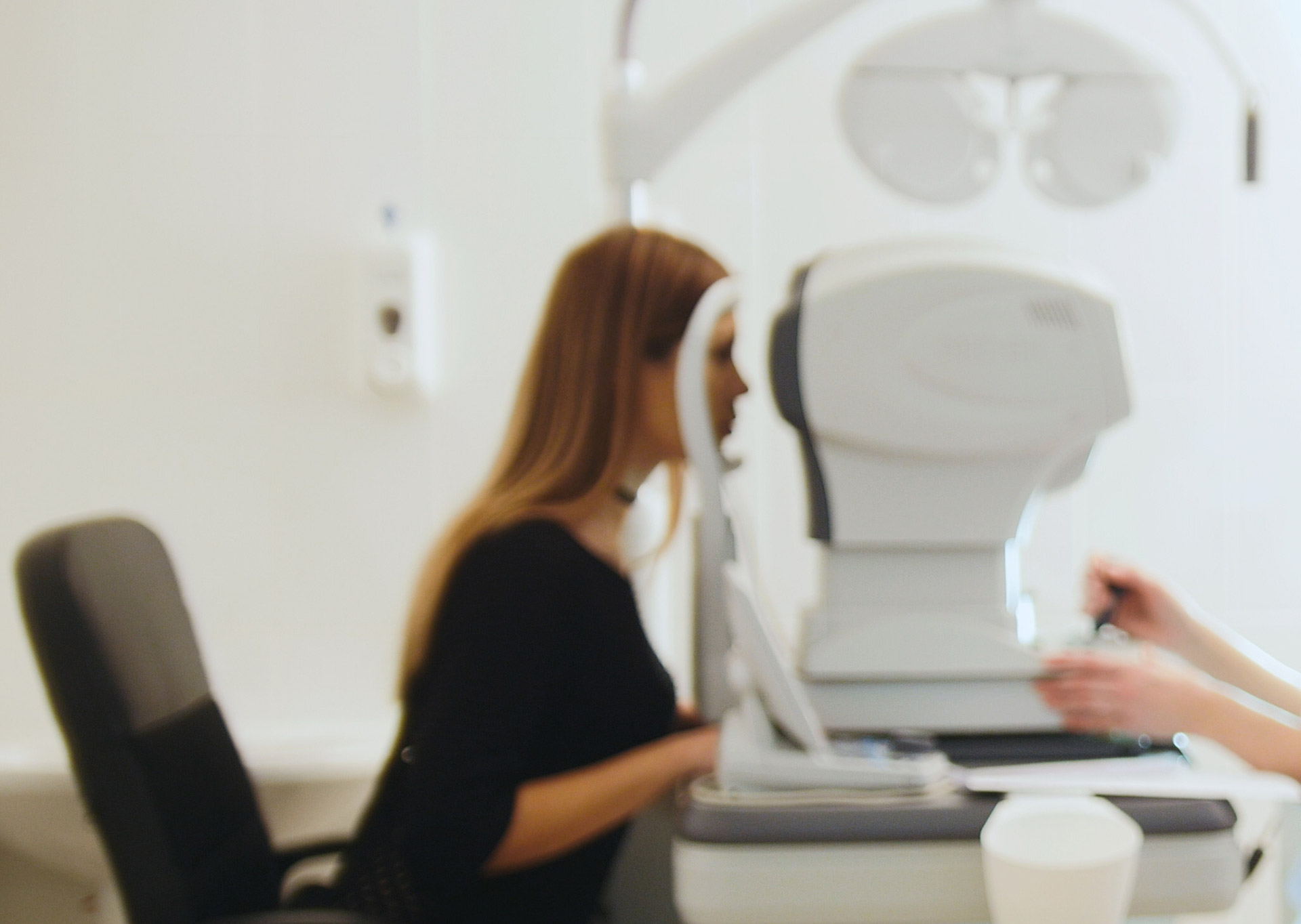Request an Appointment
(703) 719-2040

In the same way, a camera lens focuses the entering light on a piece of film to produce a sharp image, the lens of your eye focuses light on the retina to form a picture, which then gets sent to the brain. Your retina acts in much the same way as the film in a conventional camera, with millions of photoreceptors known as rods and cones translating the focused light into full-color visual information.
A detached retina occurs when the light-sensitive tissue layer at the back of the eye gets pulled away from the wall of the eye. Retinal detachment is a sight threatening condition. When the retina is detached from the back wall of the eye, it is separated from its blood supply and no longer functions properly. If not promptly treated, this situation can lead to permanent vision loss or blindness.
Although there are many reasons for a detached retina, most arise due to the aging process or an eye injury. Additional risk factors include:
Although it’s not always possible to prevent a retinal detachment, routine dilated exams can help identify a retinal tear or detachment before they impact one’s vision. Also, taking precautions like wearing protective eyewear can lower the risk of a contributing eye injury.
A retinal detachment can worsen quickly. For this reason, it’s essential to be mindful of any sudden changes in vision, including:
In some cases of retinal detachment, patients may not be aware of any changes in their vision. The severity of the symptoms is often related to the extent of the detachment.
It’s imperative to get timely care to preserve eyesight as much as possible. Once diagnosed, several approaches can be employed to repair a retinal detachment and may include a pneumatic retinopexy, vitrectomy, scleral buckle, or laser surgery. Based on the characteristics of the detachment, the retina specialist can determine which approach is most suitable.
